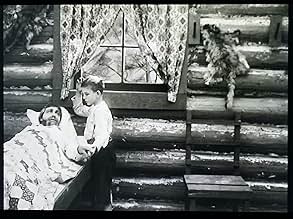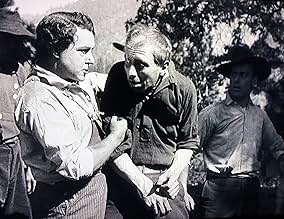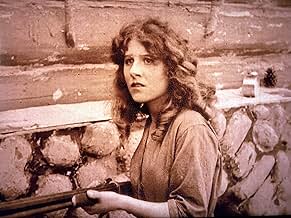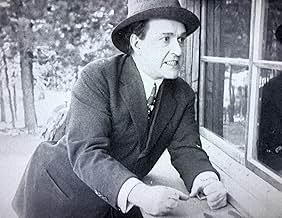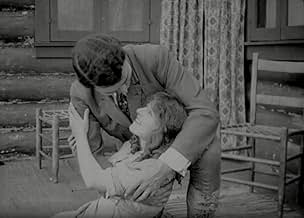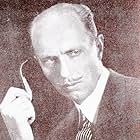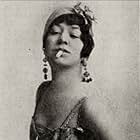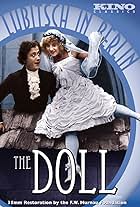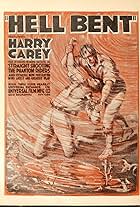A family feud erupts in the mountains of Kentucky.A family feud erupts in the mountains of Kentucky.A family feud erupts in the mountains of Kentucky.
Richard L'Estrange
- Tamarack Spicer
- (as Dick Le Strange)
Gordon Griffith
- Samson as a boy
- (uncredited)
- Directors
- Writers
- All cast & crew
- Production, box office & more at IMDbPro
Storyline
Did you know
- TriviaAn incomplete print survives at the Library of Congress; it was reconstructed in 2018 using surviving material, some of which was already in an advanced state of decomposition.
- Quotes
Sally Miller: Ye haint never seed these here mountains with nothing green, no birds singin', nothin' but rain and snow - they'll be like that fer me all the time after Samson's gone.
- ConnectionsReferenced in The Silent Feminists: America's First Women Directors (1993)
Featured review
Dustin Farnum stars as Kentuckian Samson South, whose family has been engaged in a blood feud with another clan since the time he was a youngster. When his true love Sally finds an injured landscape painter, Samson demonstrates his skill with the canvas. The painter invites Samson to study with him in New York City, where the mountain man becomes "civilized." It's not all smooth sailing, and there are hints of a romantic entanglement with the painter's sister. For those interested in this sort of thing, there is some brief nudity as Samson paints female models. Samson is eventually summoned back to the mountains when the feud heats up again.
The film is a decent adaptation of the novel, but with a running time of just over an hour, most of the characters can only walk in and out of the movie. The novel provides plenty of backstory, and deeper relationships, which are sorely missing from the film. There is a brief scene showing that Samson got a haircut (although it's not obvious at all), but the significance is lost here. The conclusion, while dramatic, fails to show how the feud is actually settled (both clans eventually unite).
Still, this is a well-made film, despite some deterioration of the print. Farnum is very good in his role and knows how to act without the histrionics that his brother William often displayed. Winifred Kingston, as Sally, is a revelation, and definitely needed more screen time.
The film is a decent adaptation of the novel, but with a running time of just over an hour, most of the characters can only walk in and out of the movie. The novel provides plenty of backstory, and deeper relationships, which are sorely missing from the film. There is a brief scene showing that Samson got a haircut (although it's not obvious at all), but the significance is lost here. The conclusion, while dramatic, fails to show how the feud is actually settled (both clans eventually unite).
Still, this is a well-made film, despite some deterioration of the print. Farnum is very good in his role and knows how to act without the histrionics that his brother William often displayed. Winifred Kingston, as Sally, is a revelation, and definitely needed more screen time.
Details
- Runtime1 hour 2 minutes
- Sound mix
- Aspect ratio
- 1.33 : 1
Contribute to this page
Suggest an edit or add missing content

Top Gap
By what name was The Call of the Cumberlands (1916) officially released in Canada in English?
Answer

